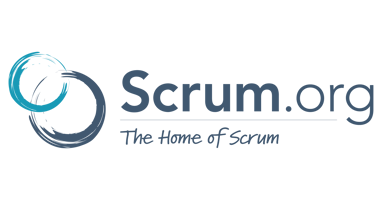Scrum
16h
224

Image Credit: Scrum
Product Operating Model State of Play - Part 1 - Fundamentals
- The Agile Product Operating Model (APOM) whitepaper was recently released after a year of development in collaboration with companies transitioning to a product approach and Professional Scrum Trainers (PSTs).
- Key focuses include the unique characteristics, product definition, portfolio management, and organizing product groups.
- APOM emphasizes uniqueness in operational models tailored to each product's specific needs, promoting autonomy and responsibility for value delivery within product teams.
- A holistic view of the operating model is essential, as changes in one area can impact others, requiring alignment across all facets of product management.
- Evidence-based decision-making, empowered teams, and empiricism are core principles driving effective product management under APOM.
- Balancing autonomy with overall organizational optimization remains a challenge, requiring clear constraints and evidence-driven insights for effective decision-making.
- A complete product model encompassing discovery, delivery, operations, and minimal dependencies on other products is crucial for adaptability and efficiency.
- Incorporating change management as an ongoing process is vital for ensuring alignment with business goals and driving continual improvement in adopting the APOM.
- Organizational leadership must navigate the challenges of implementing a holistic and complete product operating model while being mindful of incremental changes to achieve long-term objectives.
- Adopting APOM requires a fundamental shift in organizational mindset and practices towards agility, emphasizing adaptability, and evidence-driven decision-making.
- Progressive adoption and iterative adjustments are advised to align with the evolving needs of the organization while striving for a comprehensive and impactful transformation.
Read Full Article
13 Likes
For uninterrupted reading, download the app